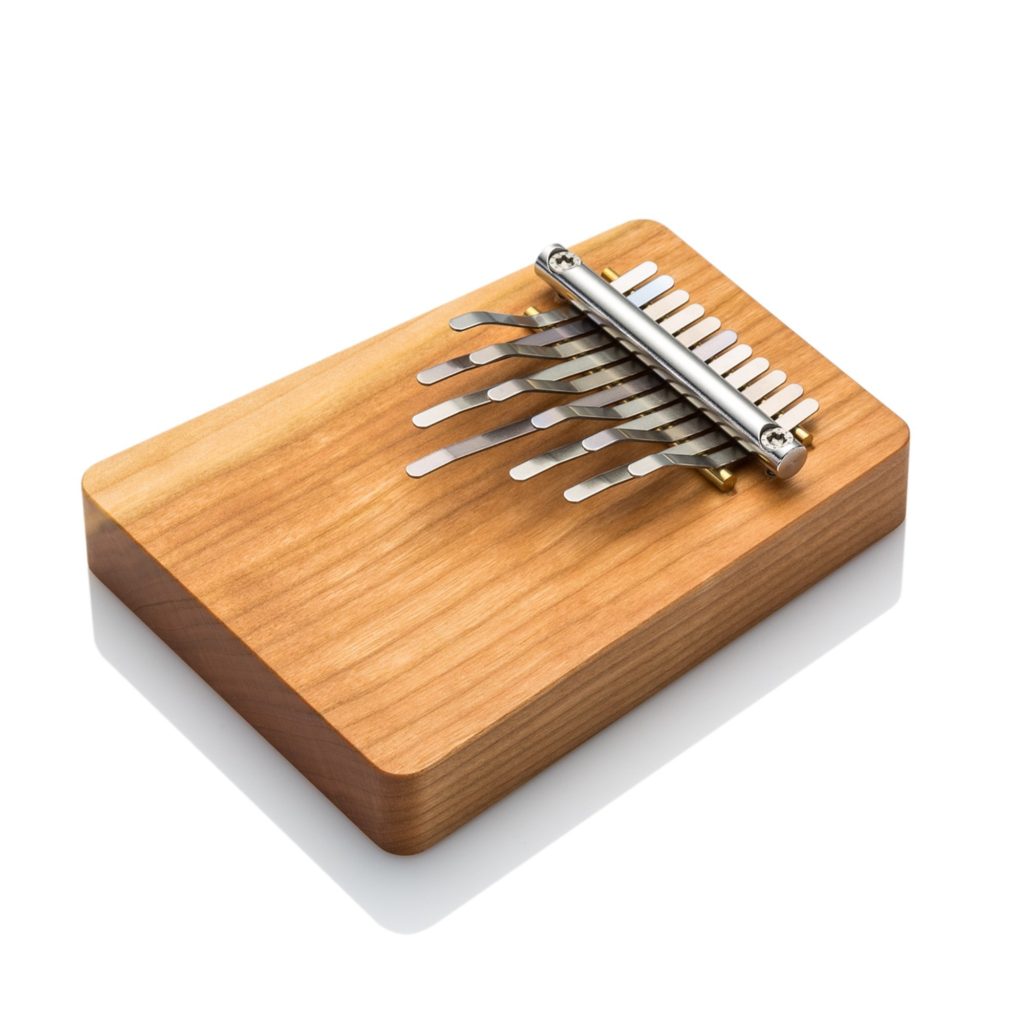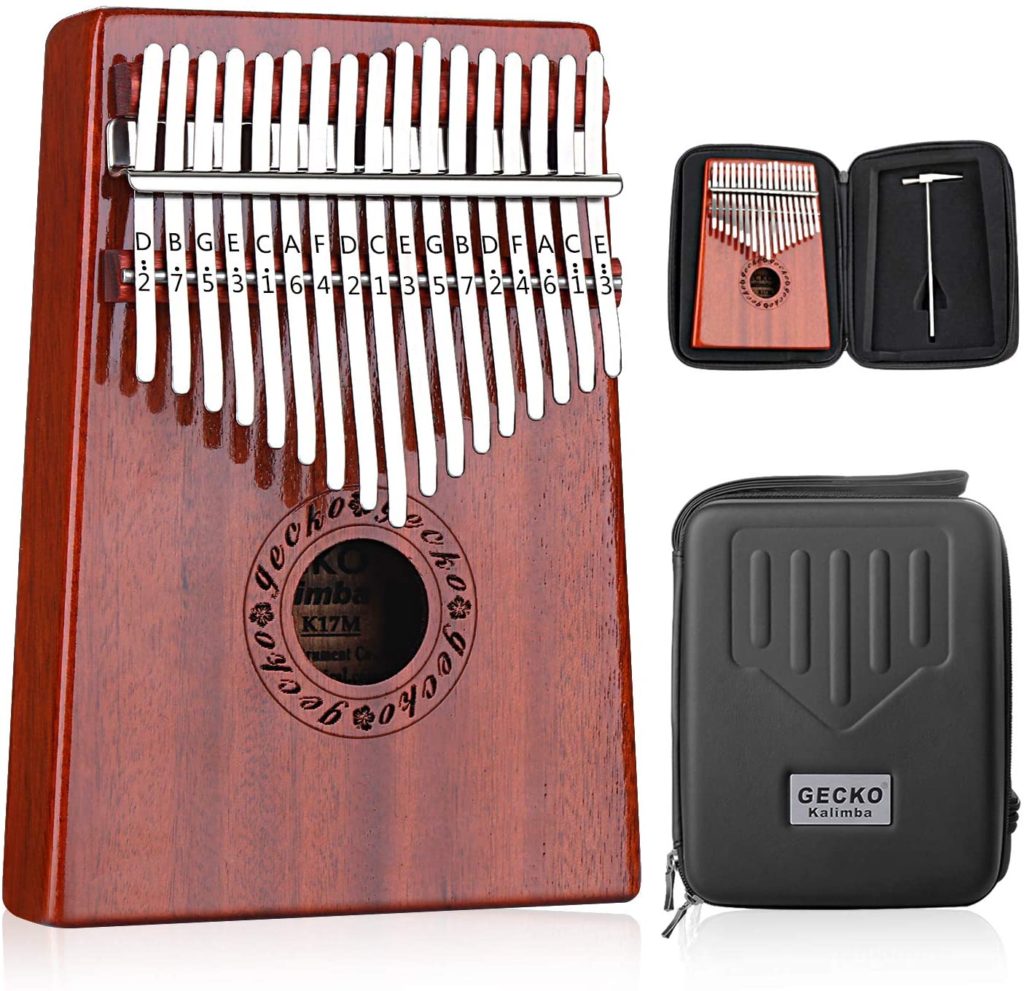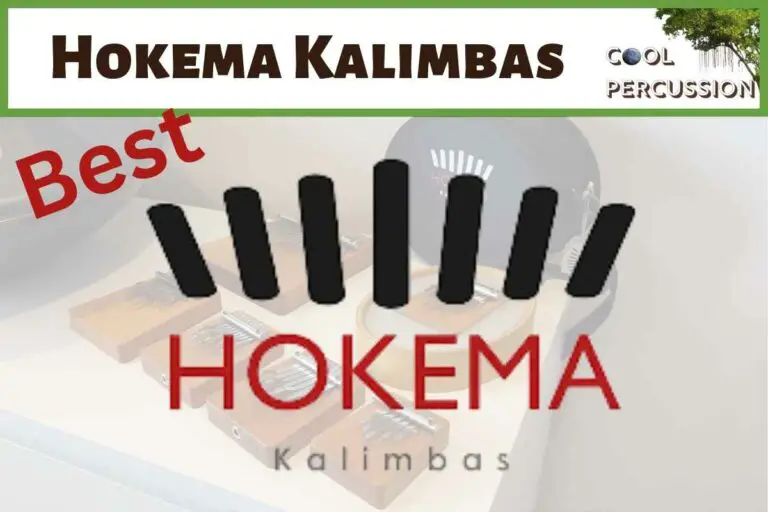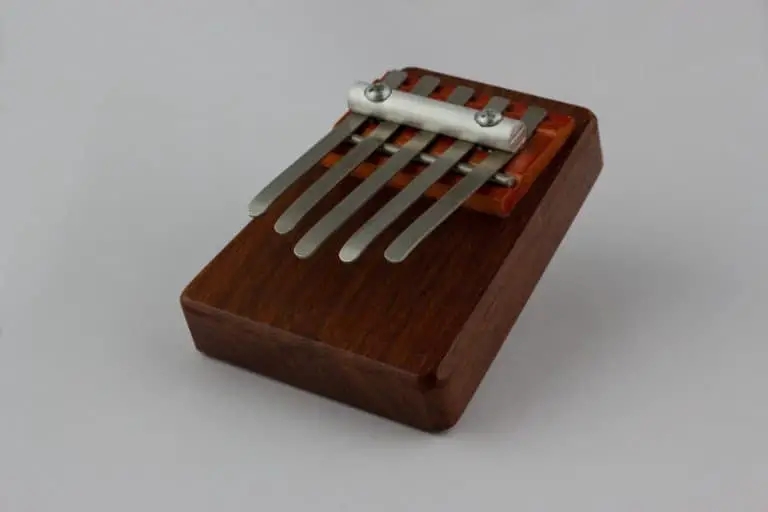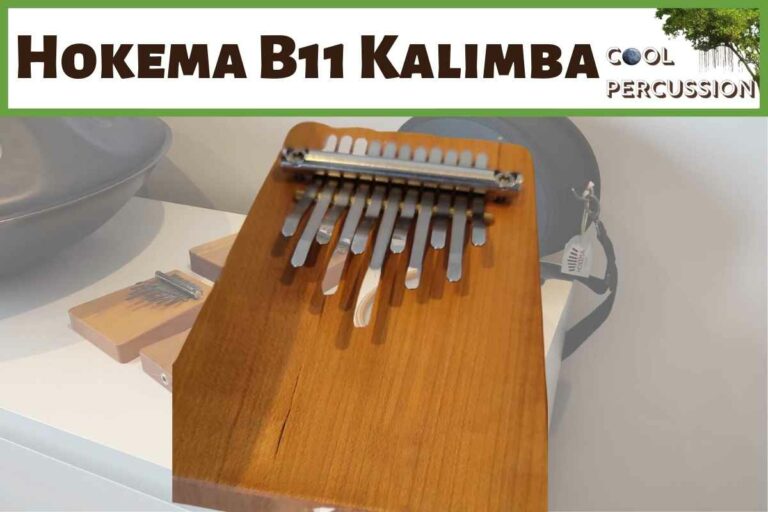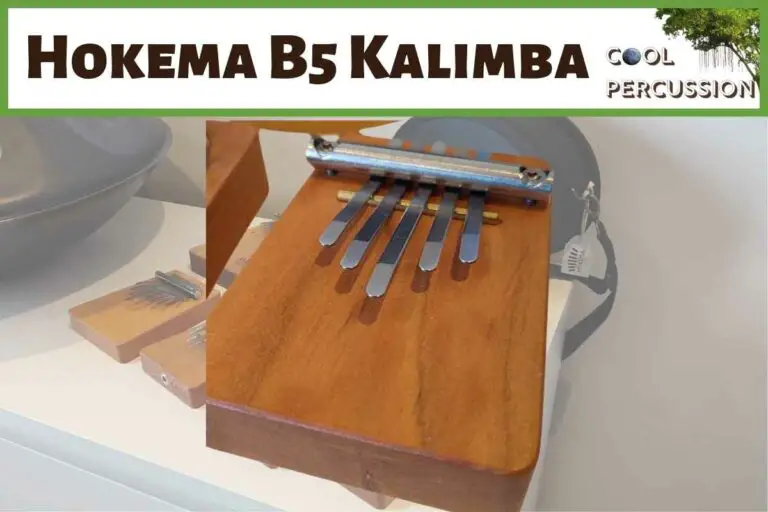11 reasons why owning a Kalimba is SO WORTH IT!
It always cracks me up when I see the question asked about whether a Kalimba is worth it. I mean, what does that even mean? Worth what? The Money? The Effort? Is this a value of time question?
Is a Kalimba Worth it?
A kalimba is more than worth anything you can put against it. They are great value for money when considering how much instrument you are getting for relatively little money, and the effort? Oh yeah, once you get the hand of this little baby, you’ll not be able to put it down.
So here are a full list of reasons why a Kalimba is worth it and how they will benefit you
Treat Yourself – You are Worth It
I’ve just got my first Hokema Kalimba and couldn’t wait to tell you just how good they are. I have of course way too many now but had heard of the superior quality of the Hokema.
Starting at Around $40, I just wish I had found them sooner.
I’m considering an Electro version now, so crisp is this sound I want to hear it directly amplified.
1. Inexpensive Percussion Instrument
The kalimba is a relatively inexpensive instrument from the percussion family. Starting at around $20, and rising to just over $100 for a very good 17 key, no frills Kalimba, you’ll have a super versatile instrument that you can explore, learn and play for years to come.
Kalimbas range in price from $20 up to and over $100 for a very very good one.
There is no need to spend a fortune on a Kalimba. Mid Range Price is fine.
There are even more expensive models available once you begin to move into the more specialized Mbira classifications, showing more authenticity to the African roots of the instrument, and you can also purchase chromatic tuned Kalimbas with a second set of keys [The sharps and flats] sometimes positioned above the normal keys.
2. Great Range of Types to Choose From
Along with the inexpensive purchase price of a Kalimba, you also get a huge range of instruments to choose from.
The number of notes on a Kalimba is one consideration as you will find them availale with anything between 7 and 17 keys, or tines to give them the correct term.

Do not think that the 17 key Kalimba is not for you, if you are a beginner. For sure, buy a thumb piano with fewer tines to get started if you want to, but anything below 10 keys and you may find yourself out-growing that instrument quite quickly.
My suggestion is to get a 10 Key or greater kalimba as your first instrument and do not spend more than $60. You really don’t need to, as the difference between a $60 Kalimba and a $100 Kalimba is negligible to all but the very experienced and trained musicians ear.
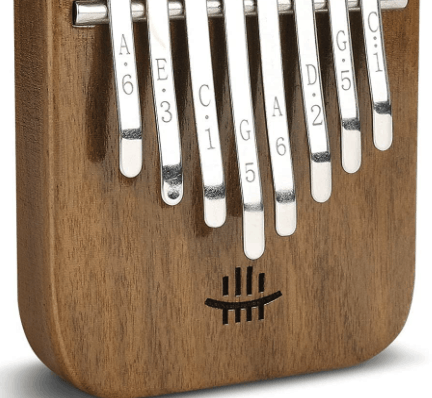
The design may play a part in your buying decision, and the more elaborate the design the more the Kalimba is likely to cost too, so keep this in mind. Simple can be beautiful.
3. Really Unique Sound
There is nothing quite like the sound of a Kalimba. In the Lamellophone class of percussion instruments, which also include things like the steel tongue drum, there are very few instruments, even within the same class that sound like this.
I will use AcousticTrench’s Can’t Help Falling in Love on Kalimba video as an example. With 23,000,000 views to date, it is by far the most viewed Kalimba video on the channel
Reminiscent of music boxes we may have heard as children but with a clarity and resonance, [in some model], that is quite unique to the Kalimba
4. So Simple to Learn and Play
Within a few minutes of picking up your first Kalimba, you will be able to pluck a few keys and start getting a feel of how to create a tune.
There is plenty of Kalimba courses, and isntruction manuals available as well as kalimba Tablature which will help you put together your first few tunes.
I have a theory, a genral theory that 20 hours practice at anything, and you can become good, very good in some cases.
If you dedicate 1 hour a day for a whole month, whilst you may have some frustration [and a little finger pain early on], by the end of that month I can absolutely promise you, you will be a good kalimba player.
5. Portability
Here is one of the HUGE benefits of a Kalimba for me. I play Guitar, Steel Tongue drum [Rav Vast] and Handpan. While they are all portable instruments, they are not pick up and pop in your bag type sizes.
A big back-pack or guitar case is required, and sometimes, on busy public transport, it is not convenient to have one on your back, Especially a handpan, you look like a ninja turtle riding the subway.

With the biggest Kalimba you are likely to own, being no greater in size than a small cereal box, you will be able to pick it up, drop it in your bag and take it anywhere.
The great benefit for you with its portability is that you can take your Kalimba just about anywhere to find a quiet spot in nature to play, unbothered by anyone, to practice your next tune.
6. You can totally retune a Kalimba
So you have your Kalimba and each of the keys are tuned to a C scale or perhaps a G Minor scale.
One of the fantastic things about the Kalimba is that you can retune it yourself to any scale you want.
If you get bored with the sound of your Kalimba you can retune it to another scale
Easy Kalimba tuning Tips
You can even use a pentatonic scale and never hit a bad note again.
The scales that kalibas are generally supplied in, will be basic and allow you to play many recognisable songs. Retuning your Kalimba to another scale will let you explore other musial possibilities.
I have a complete guide to tuning a Kalimba which you should check out for more information.
7. You can amplify them
There are kalimbas on the market with electronic pick-ups that allow you to connect them to an amplifier for recording or performance purposes.
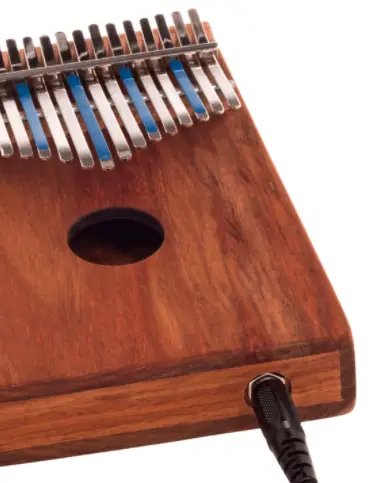
How cool is that? A tiny little instrument like this, that you fire up into an amp and shred!! Well, not shred, but you can have a great pluck!
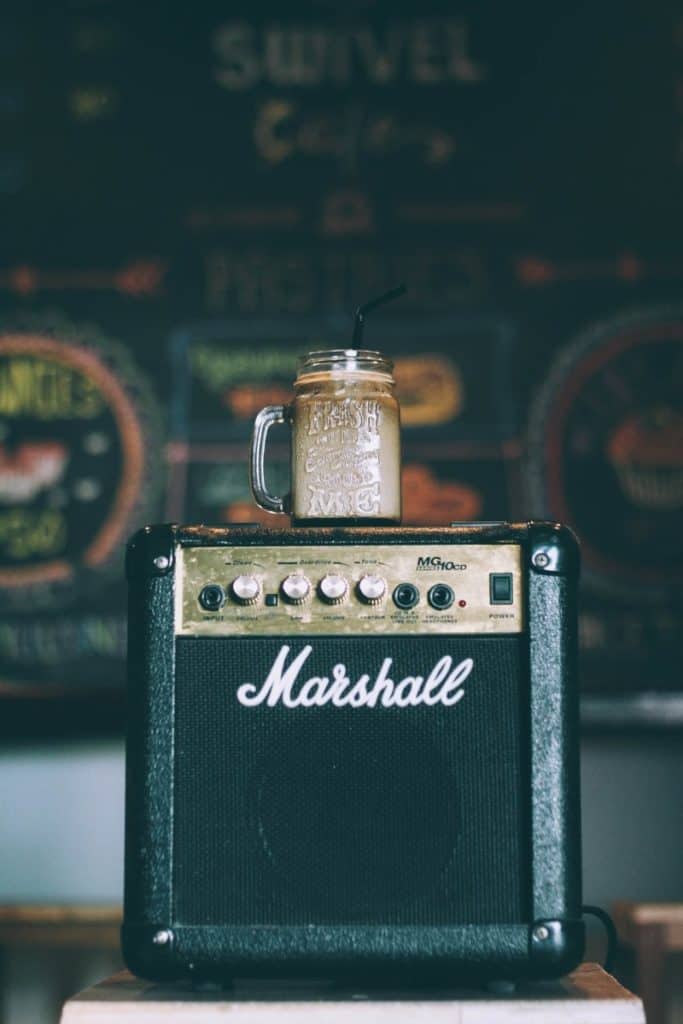
8. They have another names which is cool
The Kalimba can also be referred to, and often is, as a thumb piano. The keys are similar to a piano, and you play with your thumbs. You can see ho the name came about.
The other, mst popular name, and indeed the name of the original instrument coming out of the African continent is the Mbria. Although this is quite incorrect as there is one subtle, but still distinct difference between a Kalimba and an Mbira.
The Mbira will have a second row of tines, whilst the Kalimba has only one row. The scales will be very different too, with the Kalimba tuned to more westernized scale configurations.
9. You’ll get asked lots of questions
This may not be a benefit if you don’t like answergin questions, especially from strangers, but plop yourself down in a public place or a park bench and begin to play.
I absolutely guarantee you within a short time, you will have a stream of people stopping by to listen and watch you play, and without doubt ask you what the instrument is.
Can I ask what that is you are playing? – Where does it come from?
The questions you’ll be asked more than any other if you play your kalimba in public.
I actually enjoy this, I get to be enthusiastic about my kalimba, explain what it is, how easy they are to learn and purchase, and often allow the person asking the questions to have a little go themselves.
I enjoy introducing this instrument to people who have never come across it before, which is probably why I like writing about them too.
10. Perfect for Downtime and Nature
I think time out with my Kalimba is very close to the meditation I undertake daily.
Playing my instrument, learning and creating new tunes [and tunings], provides me some downtime from work, where i can drift of with my instrument.
I am fortunate to live in a very good climate which means I can send a great deal of the year outside, and combining the sound of my Kalimba playing, whether that be in the forest or by the ocean just gives me a huge sense of peace.
11. They can calm babies down
This is something that one of my friends discovered. But it makes sense.
I mean, babies cry right? That’s of of thier main functions, but what my friend found was when her baby got a little gripey, and upset, she would often find that playing the her kalimba, settled the little one down.
Thinking about it, often many of those little chiming toys that are designed for babies at night to get them off to sleep do sound a little like the Kalimba
My Favourite Kalimbas for Beginners
I own quite a few Kalimbas of differing sizes, keys, styles, and prices. I was somewhat addicted for a while! Anyway, having gone through quite a few when I first started getting interested, I have a couple of recommendations for you, if you are looking to buy your first, so you can try one out inexpensively and see if you want to take things further
Chances are, you’ll stick with one of these as you can learn and grow with them, which is why I’ve picked them out
Gecko Kalimba
This was the first-ever Kalimba I bought and it is the one I use the most today.
Because it is so gorgeous looking, I have mine on display in the office.
Hluru Board Kalimba
One thing that you might be slightly surprised about is that you can gain a richer sound from the board kalimba as opposed to the Box.
They are also a little easier to play if you do not have big hands because the depth is much shallower
Related Kalimba Content on Coolpercussion
Please head to the menu for the Kalimba section for more information and articles on this wonderful instrument, or take a look at some of these suggestions for further reading on Kalimba.
I have further articles on tuning a kalimba, that will help you retune to a different scale or perhaps put a note or two back to where they should be to keep your Kalimba sounding tip-top form.
If you are in the process of buying your first kalimba you might be trying to figure out how many keys you should go for. There is quite a range to choose from, so my guide to the number of keys on a kalimba should help you narrow things down.
The most important thing when buying your first Kalimba is to ensure you do not spend more money than you need to, and you really don’t need to trust me. I have some money-saving kalimba buying tips just for you, to save those extra $40 you were thinking of spending and maybe buy a second kalimba instead!
When you do start playing your kalimba, you may find that it develops a buzzing sound. This is nothing to worry about and should b easily rectified with some tips to stop your kalimba buzzing.
I hope this article has helped you decide that a Kalimba is worth it, whatever ‘it’ is! I know that once you have your first Kalimba in your hand, and you begin plucking those tines, you will be hooked.
Happy kalimbaring!

